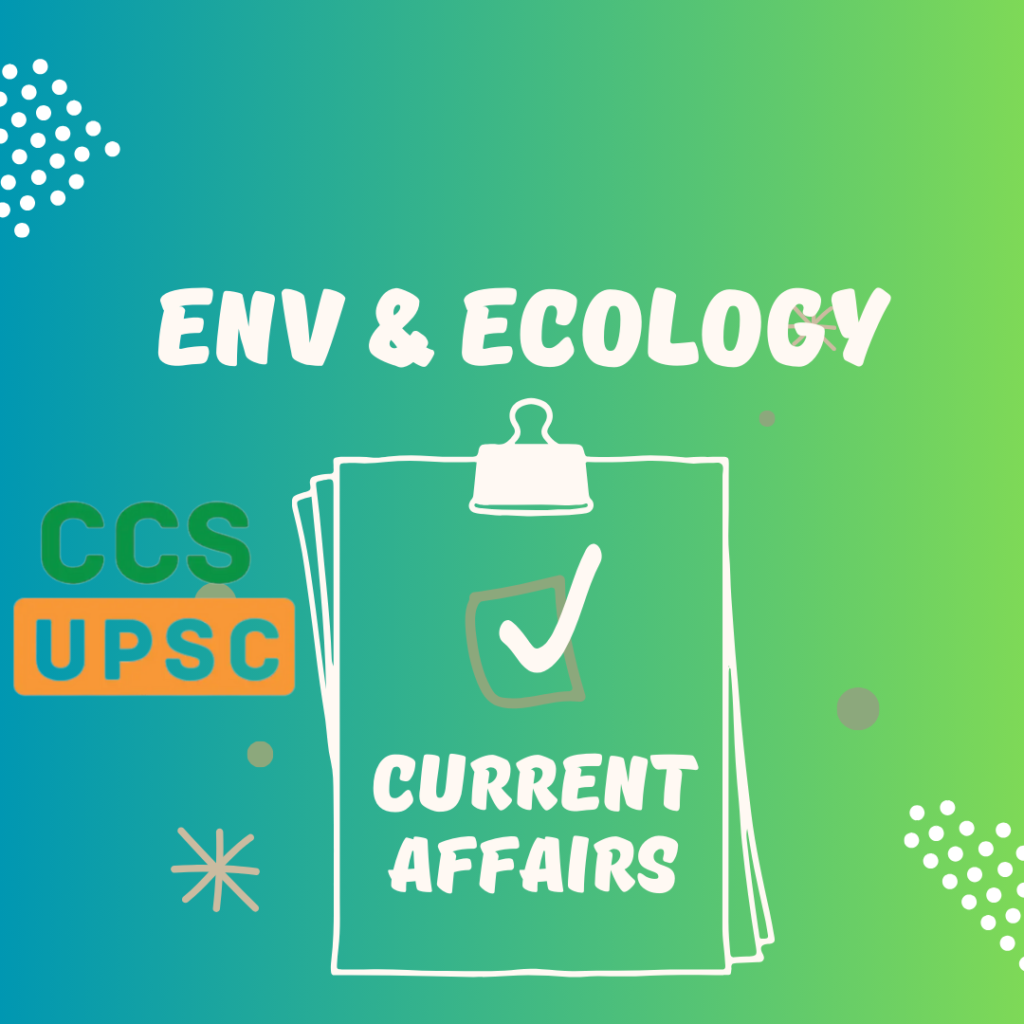Context
∙ The National Clean Air Programme (NCAP) recently completed five years.
About National Clean Air Programme (NCAP)
∙ The Ministry of Environment, Forest and Climate Change launched the NCAP in 2019 as a long-term, time-bound, national level strategy to tackle the rising air pollution.
∙ The NCAP’s initial target was to reduce two key air pollutants, PM10 and PM2.5, by 20-30% by 2024, with 2017 levels as the base. In September 2022, the Centre revised this to a 40% reduction by 2026.
∙ The plan includes 131 non-attainment cities, across 23 states and Union territories, which were identified by the Central Pollution Control Board (CPCB) on the basis of their ambient air quality data between 2011 and 2015.
∙ Non-attainment cities are those that have fallen short of the National Ambient Air Quality Standards (NAAQS) for over five years.
∙ “PRANA” – Portal for Regulation of Air-pollution in Non-Attainment Cities, is a portal for monitoring the implementation of the National Clean Air Programme (NCAP).
Five-year status check of the NCAP’s progress
∙ For 49 cities, PM2.5 data was available for all five years. Out of these, 27 cities recorded improvements in PM2.5 levels from 2019 to 2023.
ο Similarly, for PM10, data across five years was available for 46 cities. Of these, 24 cities saw an improvement in their PM10 levels.
Challenges in implementation Funding:
∙ Underutilisation of funds: Allocated funds are not utilised fully by most of the cities. Cities are lacking necessary will to implement action plans effectively.
∙ Unequal distribution: Some cities receive more funding than others, leading to disparity in progress and resentment.
Implementation Hurdles:
∙ Inter-departmental coordination: Seamless collaboration between various government agencies (environment, transport, industry) is crucial, but bureaucratic silos often hinder progress.
∙ Infrastructure gaps: Lack of adequate monitoring stations, waste management facilities, and cleaner alternatives for industries slows down progress.
Public Awareness and Behavior Change:
∙ Limited awareness: Many citizens don’t understand the gravity of air pollution, hindering adoption of cleaner practices like carpooling or using public transport.
∙ Resistance to change: Existing habits and reliance on personal vehicles can pose a barrier to adopting eco-friendly behaviors.
∙ Ineffective outreach: Public awareness campaigns might not reach all communities, particularly vulnerable and marginalized groups.
Industrial Compliance and Regulation:
∙ Stringent standards vs. economic interests: Strict emission norms might be met with resistance from industries fearing financial implications.
∙ Weak enforcement: Existing environmental regulations lack strong enforcement mechanisms, leading to non-compliance by polluting industries.
∙ Outdated technologies: Industries using older, polluting technologies lack incentives to invest in cleaner alternatives.
Rapid urbanization and population growth:
∙ Increasing emissions from vehicles and construction activities put additional pressure on air quality.
Geographical factors:
∙ Topography and weather patterns can trap pollutants, making it harder to disperse them in certain regions like Delhi NCR.
Measures:
∙ Push for utilization of funds: There is a need to ensure that the funds are equitably distributed among cities with their proper utilisation.
∙ Streamlined implementation: Addressing bureaucratic bottlenecks and expediting project execution.
∙ Effective public awareness campaigns: Targeting diverse communities with tailored messages and promoting behavior change.
∙ Strengthening regulations and enforcement: Implementing stricter standards, improving monitoring, and holding polluters accountable.
∙ Investing in technology and innovation: Supporting research and development of cleaner technologies for industries and cleaner fuels for vehicles.
Way Ahead:
∙ NCAP represents a significant step towards cleaner air in India.
∙ Continued efforts from all stakeholders, including government agencies, industries, and citizens, are essential for achieving its ambitious targets and ensuring a healthier future for all.


